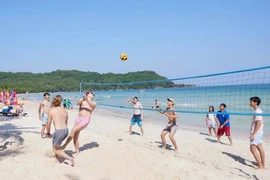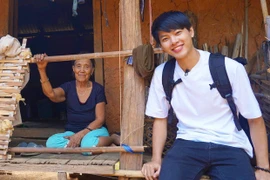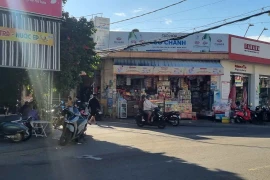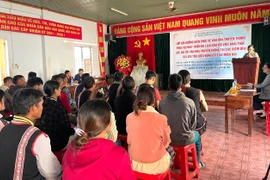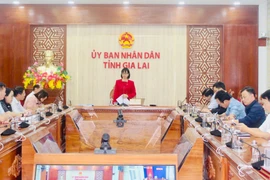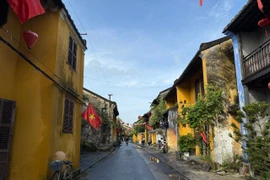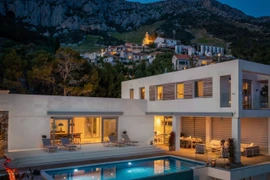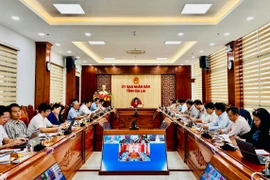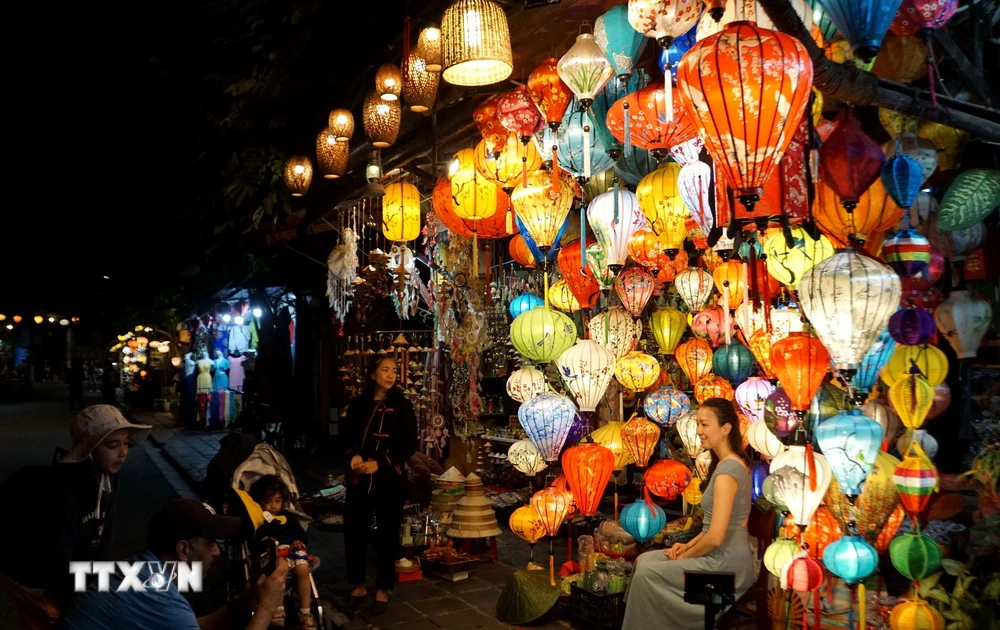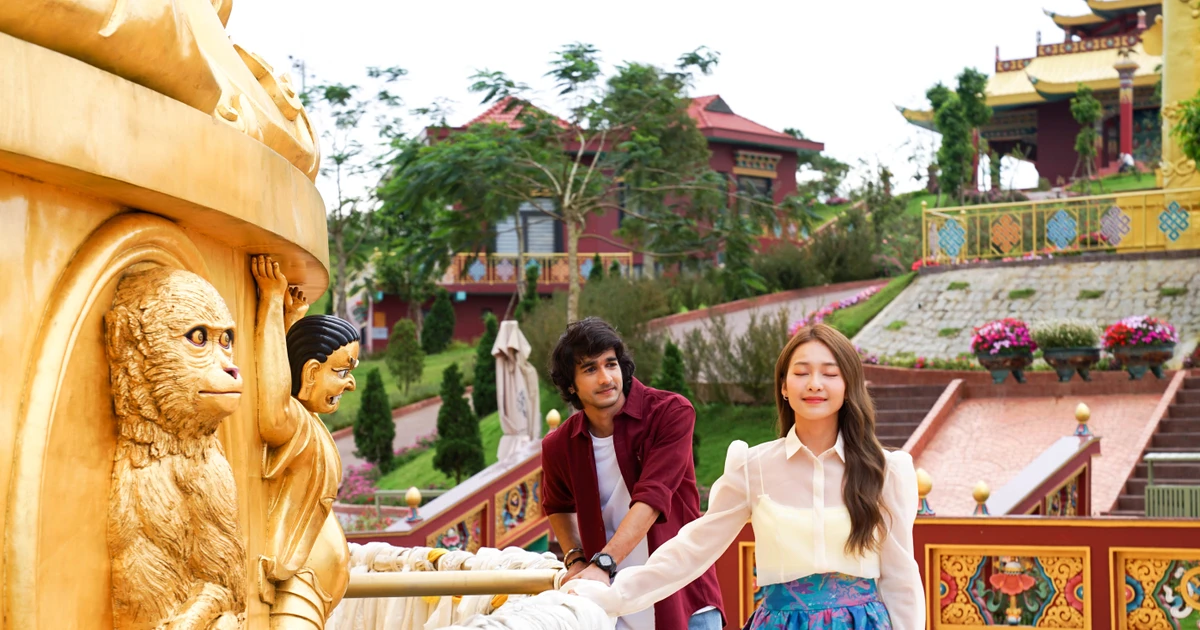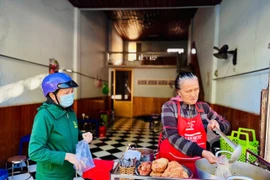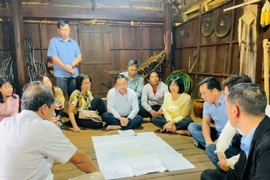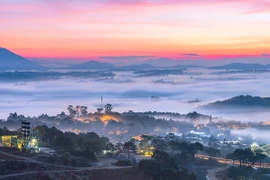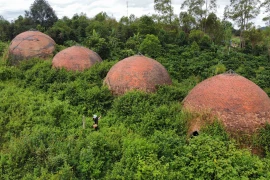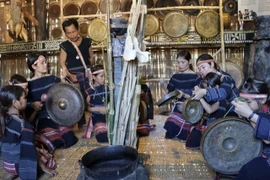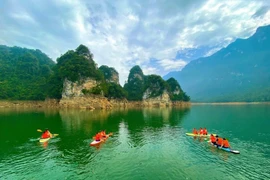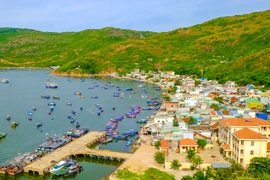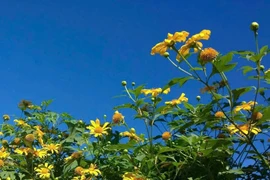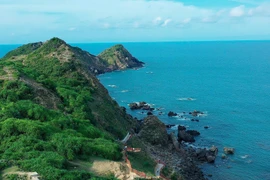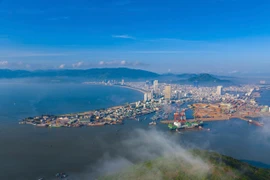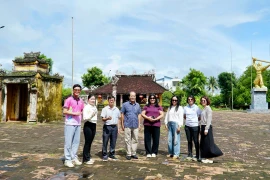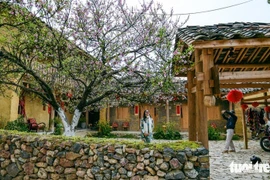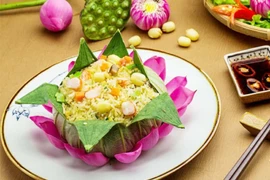The once-quiet village is now bustling with activity as residents take part in tourism training programs, learning everything from guiding tours and preparing traditional dishes to sustainable farming practices. For locals, these lessons mark the first steps toward unlocking Canh Tiến’s potential as a cultural and ecological tourism hub.
Training to turn tradition into tourism
At a tour guide course organized by Quy Nhơn College of Engineering and Technology in collaboration with the Canh Vinh Commune People’s Committee, 35 villagers are learning practical skills to welcome future visitors.
Student Mai Thanh Viên expressed confidence in the area’s appeal. “Canh Tiến has many beautiful landscapes and cultural features worth showcasing, like Tre Stream with its bamboo forests and the legend of Voi Gorge,” he said.

Villagers are rediscovering the value of their traditions, stories of fetching water from streams, weaving, and ancient legends, now seen as potential highlights for visitors. “If we restore and share these simple stories, our village will become a memorable destination,” Viên added.
Lecturer Lê Huỳnh Hạ Nguyên from Quy Nhơn College noted that Canh Tiến residents are “friendly, confident, and eager to learn.” She added that with its compact attractions, lakes, waterfalls, and flower streams, the area is well-suited for day trips featuring ecological and cultural activities, including evening gong performances and campfires.
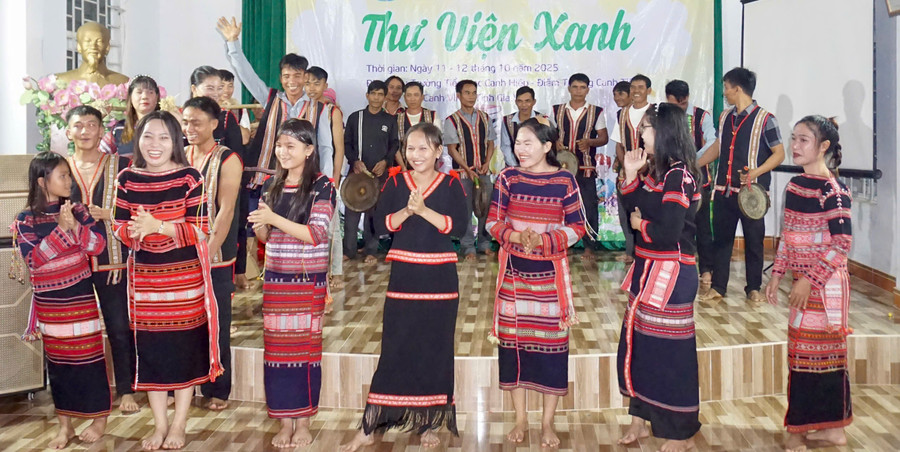
Locals build foundations for sustainable tourism
Village chief Đinh Văn Tào said the tourism project is already transforming livelihoods. “Everyone is excited because this directly affects our income. We are developing free-range chicken and black pig farming, specialty fruits and vegetables, and traditional liquor for tourists,” he said.
Artisans are also preparing for the cultural revival. Đinh Văn Tất, a gong troupe member, shared: “We’ve dreamed for decades of having a gong troupe like those in the Central Highlands. Now, with tourism, we practice regularly and even craft our own drums. We plan to add performances featuring the Chăm H’roi people’s kơ toang drums.”

Nature and culture: Canh Tiến’s dual strengths
Surrounded by Núi Một Lake and protected forests, Canh Tiến boasts diverse natural attractions such as Đăk Cram, Cây Trâm, and Ba Cây Streams, along with Đổ Waterfall and Trại Chanh. These crystal-clear streams and lush landscapes provide strong potential for eco-tourism, trekking, and outdoor recreation.
Cây Trâm Stream, once a revolutionary base during wartime, could become a distinctive “back-to-the-roots” destination if restored. Meanwhile, the village’s stilt houses, communal nhà rông, brocade weaving, gong festivals, and matriarchal customs form a rich cultural mosaic.
Local cuisine, featuring bamboo-tube rice, native pork, can wine, and wild vegetables, could become a signature attraction if maintained authentically.

A shared vision for the future
According to Nguyễn Thị Thu Thủy, Secretary of the Canh Vinh Commune Party Committee, Canh Tiến’s 176 households, home to 585 Bahnar and Chăm residents, are determined to preserve their traditions while seeking new economic opportunities.
“The local government is investing in roads and electricity to support tourism. Developing a community-based tourism project is crucial, not only to promote Canh Tiến’s image but also to provide a sustainable path out of poverty,” Thủy emphasized.
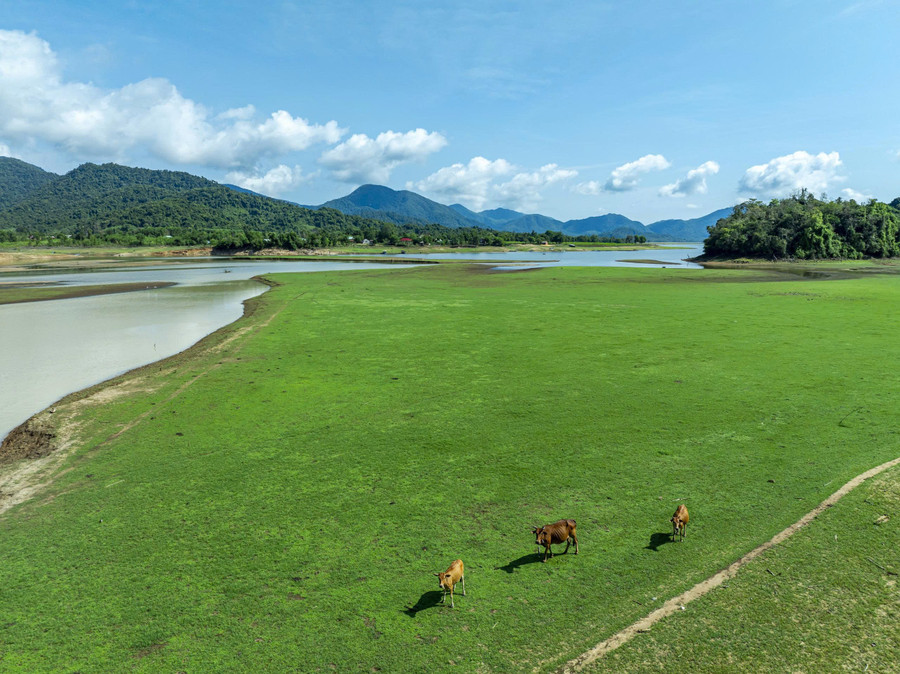
As residents train to become guides, farmers, and cultural ambassadors, Canh Tiến Village is steadily awakening to a future where every artisan and storyteller contributes to its tourism identity.
“Developing community-based tourism not only opens a path out of poverty but also helps preserve our ethnic cultural identity amid the pace of modern life,” Thủy said.
Canh Tiến village is part of Canh Vinh commune (Gia Lai province), covering an area of about 5.25 hectares. Located in the southwest of Canh Vinh commune, it is about 8–10 km from the commune center.
The area is in the midlands, with terrain mainly consisting of hills interspersed with small valleys. The village currently has 176 households and 585 residents, primarily from ethnic minority groups: Bahnar (85 households, 48.29%), Chăm (79 households, 44.88%), Kinh (9 households, 5.1%), and Tày (3 households, 1.7%).












